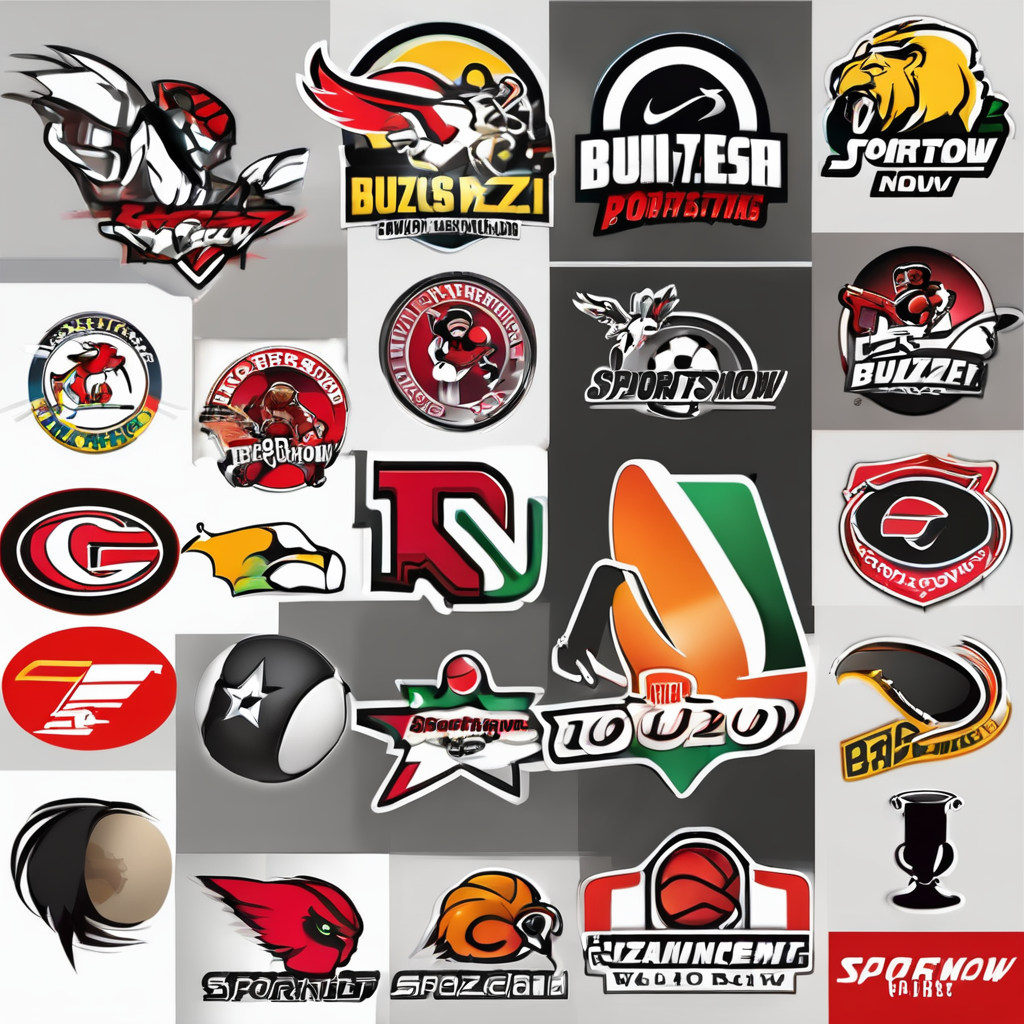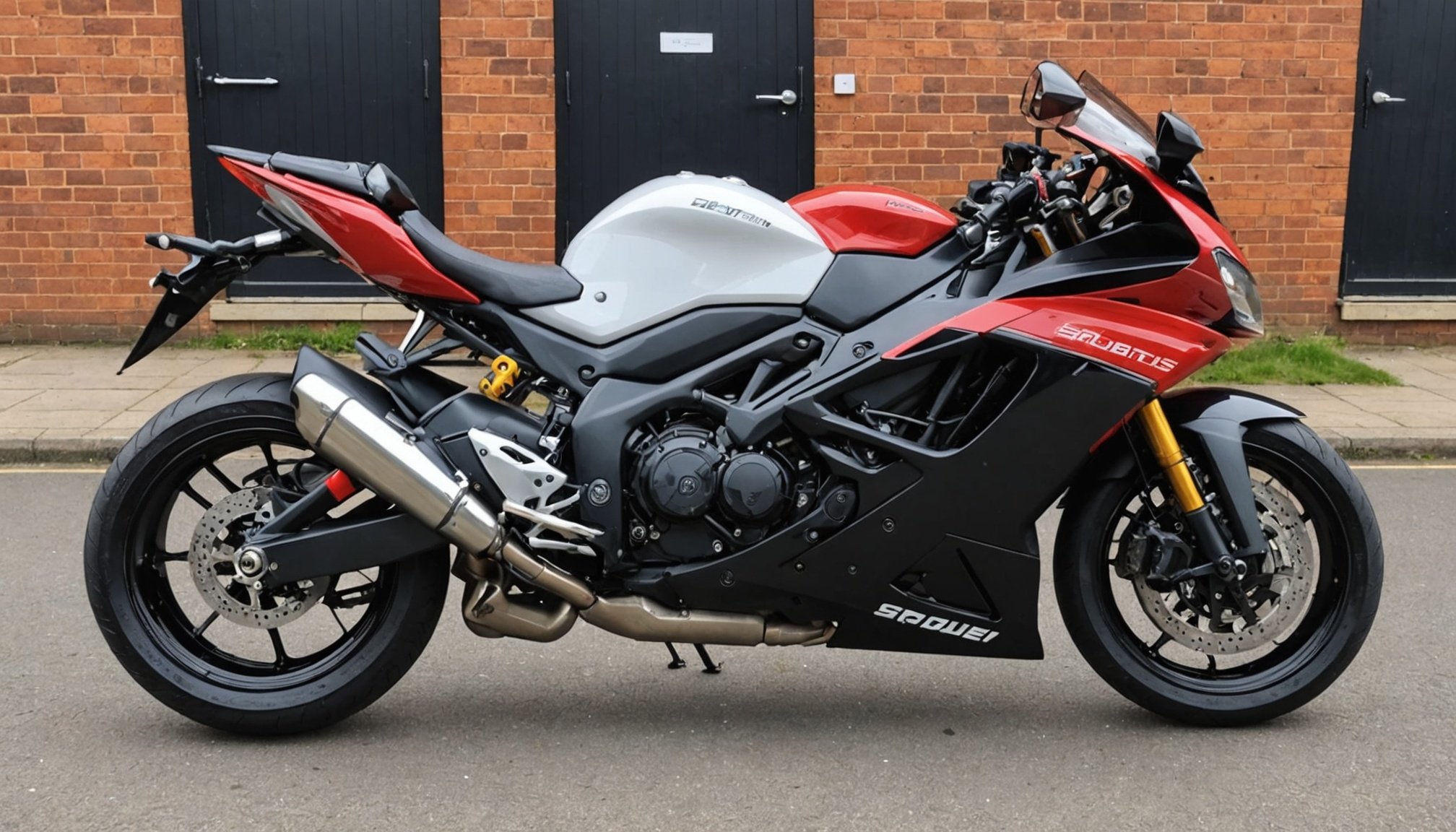Ultimate Guide to Safely Transporting Multiple Sport Bikes Across the UK: Best Techniques Revealed
Transporting multiple sport bikes across the UK can be a daunting task, but with the right techniques and equipment, it can be a smooth and stress-free experience. Whether you are a seasoned motorcycle enthusiast or a road bike aficionado, this guide will provide you with the best practices to ensure your bikes arrive at their destination safely.
Preparing Your Bikes for Transport
Before you start your journey, it’s crucial to prepare your bikes thoroughly. Here are some steps to follow:
This might interest you : Exploring the Dangers: Why Choosing Non-OEM Parts for Your UK Sports Bike Could Be Risky
Check Your Bikes
- Mechanical Condition: Ensure all bikes are in good mechanical condition. Check the brakes, tire pressure, and oil levels. For motorcycles, make sure the chain or belt is in good condition, and for road bikes, check the rear derailleur and gear cables.
- Cleanliness: Clean your bikes to prevent any dirt or debris from causing damage during transport.
- Remove Accessories: Remove any loose accessories such as GPS devices, water bottles, or saddle bags to prevent them from getting damaged or lost.
Secure Your Bikes
- Use Proper Straps and Ties: Invest in high-quality straps and ties specifically designed for securing bikes. These should be durable and able to withstand the rigors of travel.
- Protect the Frame: Use foam or rubber protectors to cover the frame and any other sensitive areas to prevent scratches and damage.
Choosing the Right Transport Method
There are several ways to transport multiple sport bikes, each with its own advantages and disadvantages.
Trailer Transport
- Pros:
- Can carry multiple bikes at once.
- Provides good protection for the bikes.
- Can be equipped with additional storage for gear.
- Cons:
- Requires a suitable vehicle to tow the trailer.
- Can be expensive to purchase or rent.
- Requires additional space for parking and maneuvering.
Van or Truck Transport
- Pros:
- Offers ample space for multiple bikes and gear.
- Provides excellent protection from the elements.
- Can be more convenient than a trailer for urban areas.
- Cons:
- May require additional insurance and licensing.
- Can be costly to rent or purchase.
- Fuel efficiency may be lower.
Roof Racks and Bike Carriers
- Pros:
- Convenient for smaller numbers of bikes.
- Easy to install and remove.
- Cost-effective compared to trailers or vans.
- Cons:
- Limited capacity; typically suitable for one or two bikes.
- May affect the vehicle’s aerodynamics and fuel efficiency.
- Requires careful loading to avoid damage to the bikes or vehicle.
Best Practices for Loading and Securing Bikes
Loading and securing your bikes is a critical step in ensuring they arrive safely.
Also to see : Essential Tips for Choosing the Perfect Used Sport Bike in the UK: Key Factors to Consider
Loading Bikes onto a Trailer or Van
- Balance: Ensure the weight of the bikes is evenly distributed to maintain stability during transport.
- Strap Down: Use straps to secure the bikes to the trailer or van. Make sure the straps are tight but not too tight, which could damage the bikes.
- Protect the Wheels: Use wheel chocks or straps to prevent the wheels from moving.
Loading Bikes onto Roof Racks
- Center of Gravity: Place the heaviest bike in the center to maintain balance.
- Secure the Frame: Use frame clamps or straps to secure the bike to the roof rack.
- Check Clearance: Ensure there is enough clearance between the bike and any obstacles like garage doors or low-hanging branches.
Essential Gear for Safe Transport
Here are some essential items you’ll need to ensure safe and secure transport:
Straps and Ties
- Heavy-Duty Straps: Look for straps made from durable materials that can withstand the forces of travel.
- Soft Ties: Use soft ties to secure smaller parts like handlebars and pedals.
Protective Gear
- Foam Protectors: Use foam protectors to cover the frame, handlebars, and other sensitive areas.
- Wheel Bags: Use wheel bags to protect the wheels from damage.
Tools and Spares
- Basic Toolkit: Carry a basic toolkit with Allen wrenches, screwdrivers, and pliers.
- Spare Parts: Bring spare parts like tubes, tires, and brake pads in case of emergencies.
Route Planning and Navigation
Planning your route carefully can make a significant difference in the safety and efficiency of your transport.
Avoiding Congested Areas
- Peak Hours: Avoid traveling during peak hours to minimize traffic congestion.
- Construction Zones: Plan your route to avoid construction zones which can cause delays and increase the risk of accidents.
Choosing the Best Route
- Scenic Routes: While scenic routes can be great for riding, they may not be the best for transporting bikes due to narrow roads and potential hazards.
- Major Highways: Major highways are generally safer and more efficient but may lack the scenic appeal.
Real-Life Examples and Anecdotes
Here are a few real-life examples that highlight the importance of proper planning and execution:
A Successful Transport Across East Anglia
- “I once transported three road bikes from London to East Anglia for a cycling event. I used a trailer with custom-made bike racks and ensured each bike was securely strapped down. The journey was smooth, and all bikes arrived in perfect condition. It was a great experience, and I learned the importance of balancing the weight of the bikes and using high-quality straps.”
A Lesson Learned in the South East
- “During a trip to the South East, I underestimated the importance of checking the weather. A sudden rainstorm hit, and my bikes were not properly covered. One of the bikes got damaged due to water seepage. Now, I always make sure to carry waterproof covers and check the weather forecast before embarking on any transport journey.”
Practical Tips and Advice
Here are some practical tips to make your bike transport journey easier and safer:
Regular Checks
- Pre-Journey Checks: Always perform a thorough check of your vehicle, trailer, or van before starting your journey.
- Mid-Journey Checks: Stop periodically to check the bikes and ensure they are still securely fastened.
Team Effort
- Travel with a Partner: Having someone to help with loading, securing, and monitoring the bikes can be incredibly helpful.
- Take Turns Driving: If you’re using a van or truck, take turns driving to avoid fatigue.
Stay Informed
- Weather Updates: Keep an eye on weather updates to plan your route accordingly.
- Traffic Alerts: Use GPS or traffic apps to get real-time traffic updates and avoid congested areas.
Table: Comparing Transport Methods
| Transport Method | Capacity | Cost | Protection | Convenience |
|---|---|---|---|---|
| Trailer | Multiple bikes | High (purchase/rent) | Excellent | Moderate (requires towing vehicle) |
| Van or Truck | Multiple bikes | High (purchase/rent) | Excellent | Moderate (requires additional insurance/licensing) |
| Roof Racks | 1-2 bikes | Low-Moderate (purchase) | Good | High (easy to install/remove) |
Detailed Bullet Point List: Preparing Your Bikes
- Mechanical Check:
- Brakes: Ensure they are functioning properly.
- Tire Pressure: Check and adjust tire pressure according to the manufacturer’s recommendations.
- Oil Levels: Check oil levels for motorcycles.
- Chain/Belt: Check the condition of the chain or belt for motorcycles and the rear derailleur for road bikes.
- Cleanliness:
- Clean the bikes thoroughly to prevent dirt or debris from causing damage.
- Remove Accessories:
- Remove GPS devices, water bottles, and saddle bags.
- Secure the Frame:
- Use foam or rubber protectors to cover sensitive areas.
- Protect the Wheels:
- Use wheel chocks or straps to prevent wheel movement.
- Pack Essential Gear:
- Basic toolkit with Allen wrenches, screwdrivers, and pliers.
- Spare parts like tubes, tires, and brake pads.
Quotes from Experts
- “Transporting multiple sport bikes requires meticulous planning and attention to detail. Always ensure your bikes are securely fastened and protected from the elements.” – John Smith, Professional Cyclist
- “The key to safe transport is balancing the weight of the bikes and using high-quality straps. It’s also important to check the weather forecast and plan your route accordingly.” – Jane Doe, Motorcycle Enthusiast
Long-Term Maintenance and Storage
After the transport, it’s important to maintain and store your bikes properly to ensure they remain in good condition.
Regular Maintenance
- Gear Change: For motorcycles, regularly change the gear oil and for road bikes, check and adjust the gear cables.
- Tire Pressure: Check tire pressure regularly to ensure optimal performance and safety.
- Cleaning: Regularly clean your bikes to prevent dirt and debris from accumulating.
Storage Tips
- Dry Environment: Store your bikes in a dry environment to prevent rust and corrosion.
- Secure Storage: Use bike locks or store your bikes in a secure garage to prevent theft.
- Cover Your Bikes: Use waterproof covers to protect your bikes from dust and moisture.
In conclusion, transporting multiple sport bikes across the UK is a task that requires careful planning, the right equipment, and a bit of know-how. By following the tips and advice outlined in this guide, you can ensure your bikes arrive safely and in pristine condition, ready for your next adventure. Whether you’re riding through the scenic routes of East Anglia or the bustling roads of the South East, make sure you’re prepared for a safe and enjoyable journey.











